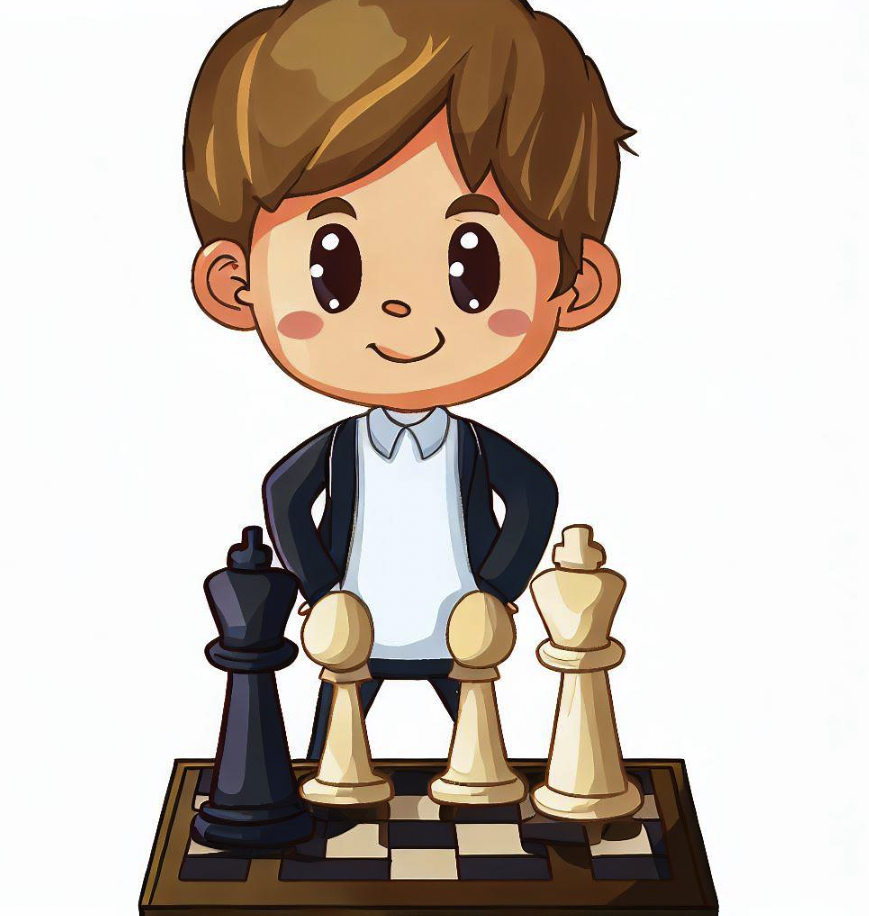Chess has long been regarded as a game of strategy and intellect, where players carefully plan their moves and anticipate their opponent’s next move.
But what if there was a way to introduce an additional layer of uncertainty, mimicking the unpredictable nature of the battlefield?
Enter Fog of War Chess, a variant that conceals the opponent’s pieces until they are revealed through direct observation or strategic positioning.
Below we look more into Fog of War Chess and explore how it changes the dynamics of the game.
Unveiling the Fog: The Concept of Fog of War Chess
Fog of War Chess takes its inspiration from the concept of “fog of war” commonly seen in strategy games and military simulations.
In traditional chess, both players have complete knowledge of the board and the position of each piece.
However, in Fog of War Chess, the pieces of the opponent remain hidden from view, shrouded in a metaphorical fog. (Somewhat similar to hidden identity chess.)
Direct Observation: The Key to Revealing the Hidden
The primary mechanism in Fog of War Chess is the need for direct observation to reveal the hidden pieces.
In this variant, players must move their own pieces into positions where they can “spot” or directly observe the opponent’s pieces.
Once a piece is in the line of sight of an opponent’s piece, it becomes revealed, and its identity is known to both players.
Hikaru vs. Gotham: FOG OF WAR Chess Variant
Strategic Positioning: A Game of Concealment and Deception
Fog of War Chess introduces a new dimension of strategic positioning.
Players must carefully consider their moves and weigh the risk and reward of exposing their own pieces while trying to uncover their opponent’s.
It becomes a battle of concealing one’s forces, deceiving the opponent, and gaining information advantage.
Dynamic Gameplay: Uncertainty Breeds Creativity
The introduction of the fog of war element in chess adds an element of uncertainty that is absent in traditional chess.
Players have to make decisions based on incomplete information, which leads to dynamic and creative gameplay.
It encourages adaptive thinking and forces players to develop new strategies on the fly.
Enhancing Psychological Warfare: The Mind Game Intensified
Psychological warfare, a subtle yet powerful aspect of chess, is amplified in Fog of War Chess.
The hidden information magnifies the mind games between opponents.
Players must not only decipher the identity of the revealed pieces but also interpret the opponent’s intentions behind their moves, as hidden threats lurk within the fog.
Increased Immersion: The Chessboard as a Battlefield
Fog of War Chess transforms the chessboard into a vivid battlefield.
The concealed pieces evoke a sense of tension and anticipation, akin to a real battle scenario.
It immerses the players in a unique experience that heightens the strategic and tactical elements of the game.
Expanding Chess Horizons: Variants for Every Player
Chess has a rich history of variants, each offering a fresh perspective and unique challenges.
Fog of War Chess adds yet another layer to the ever-evolving chess landscape, catering to those seeking a different kind of chess experience.
It expands the horizons of chess enthusiasts and offers a platform for innovation and experimentation.
Conclusion
Fog of War Chess breathes new life into the timeless game, injecting an element of uncertainty and excitement.
The concealment of the opponent’s pieces until they are revealed through direct observation or strategic positioning adds complexity and depth to the gameplay.
It challenges players to think on their feet, adapt their strategies, and engage in a battle of wits.
If you’re ready to embrace the unknown and experience chess in a whole new light, then Fog of War Chess awaits you.
Prepare to step into the fog and let the battlefield unfold before your eyes! 🙂


